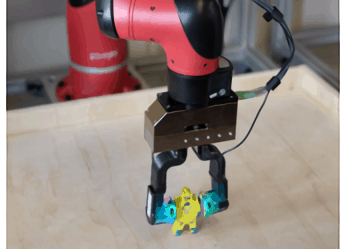Researchers have found that businesses adopting robots and other forms of automation are largely opting to do so due to labour shortages. A study by researchers from MIT and Boston University will appear in a forthcoming print edition of The Review of Economic Studies.
The study is authored by Daron Acemoglu and Pascual Restrepo, who studies automation, robots, and the workforce in-depth, publishing numerous papers separately and in collaboration.
In a canned statement, Acemoglu says that findings suggest investment in robotics is driven by the fact that some countries have labour shortages, especially the middle-aged type that is necessary for blue-collar work, and not because it is the new exciting frontier.
What the study found
The study found differences in automation adoption rates attributable to a nation’s ratio of workers over the age of 56 compared to those aged 21 to 55. Workforce age alone accounted for whether robots were used across 60 different countries 35% of the time, defining the type of robot used about 20% of the time.
Widening the scope to 129 countries and beyond just robots, the researchers found automation technologies like numerically controlled machines and tools. Interesting variations emerged from country to country.
An explanation
South Korea has a rapidly ageing population, for instance, and has widely adopted robotics. Germany had done so in response to labour shortages. The United States is seeing a surge in metropolitan areas where people are getting older at a faster rate, with core uses as a cost-cutting measure, displacing young employees from the workforce,
The researchers think that their explanation could account for why South Korea, Japan, and Germany are the world leaders in robot investment and the ones with the most rapidly ageing populations, in addition to why they haven’t seen labour market outcomes as bad as those in the US.
